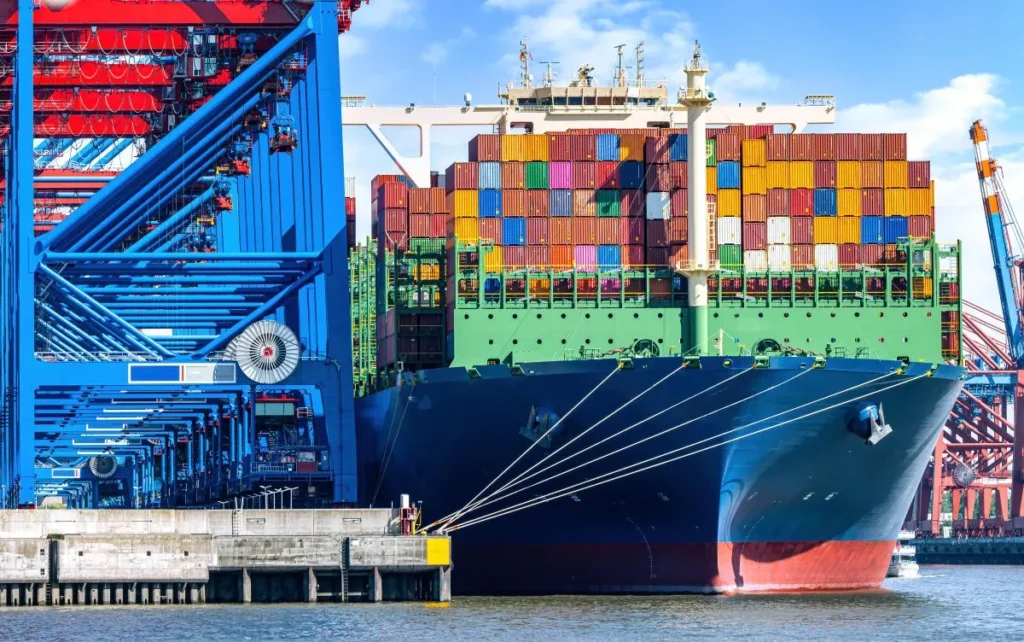A current study by DZ Bank shows that interest in India among German businesses is increasing: 15 percent of companies plan to expand their supply chains towards India. In autumn 2022, this value was still a good 10 percent.
The Asian country is becoming increasingly attractive, particularly for large medium-sized companies with an annual turnover of 50 million euros or more – around one in four are planning to expand their trading relationships. In autumn 2022 it was only around 15 percent.
The interest in India is understandable considering that the country is one of the fastest growing economies in the world – growth was around 7.7 percent in 2023. India also has a young and well-educated population.
Analysts at DZ Bank even assume that India could overtake Germany and Japan economically in around ten years and rate the country’s importance for supply chains as higher than that of China.
India is particularly attractive for the food industry, the chemical and plastics industries as well as metal, automobile and mechanical engineering. However, the country seems to be less interesting for the electrical industry.
China is gaining importance again
At the same time, China is also becoming increasingly important as a trading partner for German companies. DZ Bank emphasizes that in the fall of 2022, just as many companies want to move out of China as are active there.
This trend has now been reversed. Currently, 17 percent of those surveyed assume that China will become more important for their business again in a five-year perspective. However, around one in ten medium-sized companies plans to reduce trade relations with China in the next few years.
“Due to the wide range of goods, the low production costs and the close integration, China remains an indispensable partner for medium-sized companies,” says Claus Niegsch, industry analyst at DZ Bank. “The fact that India and Southeast Asia are becoming increasingly important is primarily due to the fact that companies want to further diversify their supply chains in the face of increasing political uncertainty.”
However, the study warns against ignoring geopolitical risks. Many companies, attracted by high margins and a wide range of raw materials and finished products, could trivialize the risk of too close economic relations.
Declining attractiveness of the USA
German medium-sized companies, on the other hand, have recently been less euphoric about the US market than in the past. Although the USA has overtaken China as Germany’s most important trading partner, only twelve percent of the companies surveyed still want to concentrate more on the US market in the future.
In 2022 the value was still 15 percent. Nine percent of the companies surveyed are even planning to withdraw. According to analysts at DZ Bank, this reluctance could be due to the economic policy uncertainties in connection with a possible election victory for Donald Trump.
Europe remains stable
Europe remains the most important region for medium-sized businesses’ supply chains.
Every fourth company wants to focus on Central and Eastern Europe. 21 percent of companies plan to expand their supply chains in Western Europe, and in Central and Eastern Europe the figure is even 24 percent, which means an increase of three percent compared to 2022.
However, a good one in ten would also like to relocate their supply chains away from Europe.
Photo: Event Horizon 299792, CC BY-SA 4.0, via Wikimedia Commons









